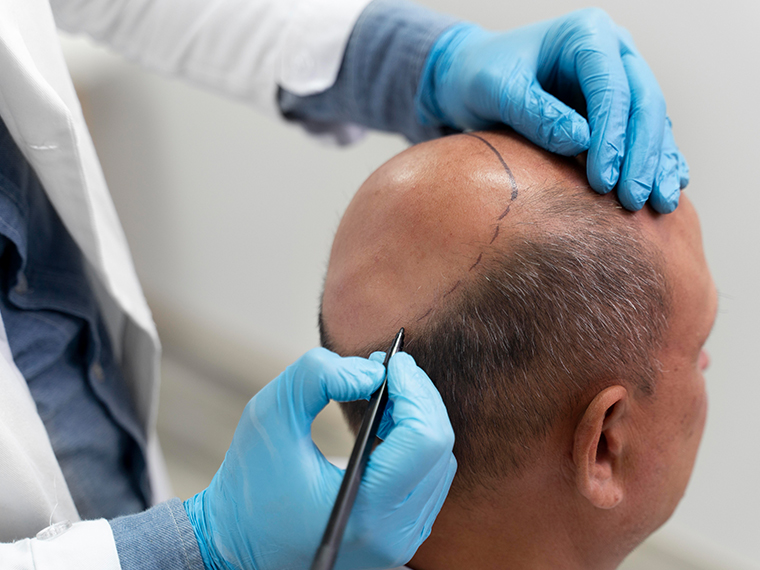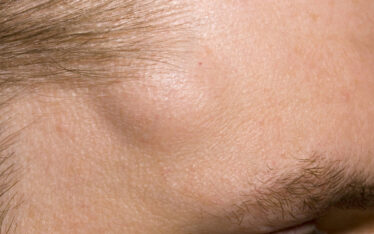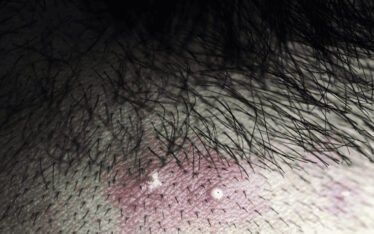Hair loss is a common concern for both men and women, impacting self-esteem and confidence. While there are various treatments and remedies available in the market, hair transplant surgery has gained significant popularity as an effective solution for restoring lost hair. However, the question remains: Is hair transplant a permanent solution? In this blog, we will explore the concept of hair transplants, their effectiveness, and whether they can truly be considered a permanent fix for hair loss.
Understanding Hair Transplant Surgery
Hair transplant surgery is a medical procedure that involves transferring healthy hair follicles from one part of the body (typically the back or sides of the scalp) to the balding or thinning areas. The most common techniques used for hair transplants are Follicular Unit Transplantation (FUT) and Follicular Unit Extraction (FUE). During FUT, a strip of skin with hair follicles is harvested from the donor area and then dissected into individual grafts. FUE, on the other hand, involves extracting individual hair follicles directly from the donor site.
The Effectiveness of Hair Transplantation
Hair transplant surgery has shown remarkable success in restoring natural-looking hair in individuals suffering from pattern baldness or androgenetic alopecia. The transplanted hair typically grows naturally and can be styled, cut, and treated just like the rest of the hair. As the transplanted hair follicles come from areas of the scalp that are genetically resistant to balding, they retain this characteristic when transplanted to the recipient site, providing a more permanent solution than other non-surgical treatments.
The Permanence of Hair Transplant Results
The key question remains: Is a hair transplant a permanent solution? In general, the transplanted hair is considered permanent, but it’s essential to understand a few factors that can affect the long-term outcome:
- Proper Candidate Selection: Success of a hair transplant largely depends on the patient’s suitability as a candidate. A qualified hair transplant surgeon will assess factors such as age, family history of hair loss, donor hair quality, and future hair loss expectations before recommending the procedure. For younger patients with active hair loss, the surgeon may consider potential future hair loss and design the treatment plan accordingly.
- Natural Hair Characteristics: The transplanted hair retains its natural characteristics, including texture and growth rate. This means that if the original hair was prone to thinning or balding, the transplanted hair might experience similar challenges over time.
- Post-Operative Care: After the surgery, following the surgeon’s post-operative instructions is crucial. Proper care and maintenance are required to ensure the transplanted hair grafts heal well and grow successfully. Neglecting aftercare could lead to suboptimal results.
- Potential Hair Loss Progression: While hair transplant surgery can restore hair in balding areas, it doesn’t prevent further hair loss. If the underlying cause of hair loss is not addressed or if new hair loss patterns emerge, additional procedures or complementary treatments may be necessary to maintain the desired appearance.
Hair transplant surgery has revolutionized the way we approach hair loss, providing a highly effective solution for those struggling with thinning or balding hair. When performed by a skilled and experienced surgeon on a suitable candidate, hair transplants can indeed be a long-lasting and natural-looking solution. However, it’s crucial to set realistic expectations and recognize that certain factors, such as individual hair characteristics and future hair loss patterns, can influence the permanence of the results.
If you are considering a hair transplant, it’s essential to consult with a reputable hair transplant specialist who can thoroughly assess your condition and provide professional guidance. With proper care and the right candidate, a hair transplant can be a life-changing, long-term solution for hair loss woes.





